Hospitals can be overwhelming—especially large, multi-building campuses with complex layouts. Many of us have experienced that anxious moment of feeling lost in a maze of corridors, already stressed about an appointment or a loved one’s care. That’s where effective wayfinding makes all the difference.
Think of wayfinding as your friendly guide inside the hospital. It’s a carefully designed system that helps patients, visitors, and staff navigate the space with confidence and ease. From clear signage and color-coded pathways to interactive kiosks and mobile navigation apps, wayfinding brings order and comfort to what could otherwise be a confusing experience.
Why Is Wayfinding Important for Hospitals?
Hospitals are dynamic, high-traffic environments filled with patients, visitors, and staff—all moving toward different destinations with different levels of urgency. A well-designed wayfinding system can make a world of difference, improving both the patient experience and operational efficiency. Here’s how:
1. Reducing Patient Stress
No one wants to feel lost, especially in a hospital. Patients are often already anxious or unwell, and confusing layouts only add to their stress. Intuitive wayfinding—through clear signage, logical routes, and consistent visual cues—helps people feel more in control of their journey. When patients can navigate confidently, they’re calmer, more comfortable, and better prepared for care.
2. Saving Precious Time
In healthcare, every minute counts. Effective wayfinding minimizes wasted time by helping patients and visitors reach their destinations quickly and easily. It also reduces late arrivals for appointments and procedures. For staff, it means fewer interruptions to give directions, allowing them to stay focused on critical duties.
3. Freeing Up Staff Resources
Hospital staff are often stopped for directions countless times a day. Clear, well-planned wayfinding empowers visitors to move independently through the facility. This not only saves staff time but also reduces frustration for patients and families. Ultimately, it supports smoother daily operations and a more positive experience for everyone.
How to Improve Your Hospital’s Wayfinding: Practical Tips
You might already have a wayfinding system in place. But as hospitals expand and patient populations grow—especially with the aging Baby Boomer generation—it’s worth revisiting and refining your approach. Even small improvements can make a big difference in how smoothly people move through your facility. Here are some practical strategies to consider:
1. Digital Kiosks: Your Interactive Guides
Interactive digital wayfinding kiosks are becoming an increasingly valuable tool in modern hospitals. They can display detailed maps, directories, and step-by-step directions while also sharing information about hospital services, amenities, and nearby facilities. Compared to static directories, digital kiosks offer a dynamic, user-friendly experience that enhances navigation and reduces confusion.
2. Signage: The Foundation of Good Wayfinding
Clear, consistent signage remains the backbone of any effective wayfinding system. Ensure that directional signs are visible at intersections, department labels are easy to read, and digital displays in waiting areas provide up-to-date information, such as wait times or service changes. Consistency in color, typography, and iconography helps users quickly recognize and trust the system.
3. Thoughtful Pathways and Design
Wayfinding isn’t just about signs—it’s also about how spaces are designed. Use color-coded pathways, distinct lighting, and recognizable landmarks to help people orient themselves. For example, assigning different colors or patterns to specific wings or departments can make navigation intuitive, even for first-time visitors.
4. Optimizing Sightlines: Make It Easy to See
Good visibility is key to effective navigation. During design or renovation, evaluate sightlines carefully: can visitors spot directional signs from a distance? Are pathways open and intuitive, or cluttered and confusing? Think of it like urban planning—clear visual cues and visible destinations make movement natural and stress-free.
5. Less Is More: Simplifying Navigation
Simplicity is one of the most powerful principles in wayfinding. Instead of offering multiple routes to the same location, focus on creating one clear, well-marked path. Reducing visual clutter and minimizing decision points helps prevent confusion and makes the journey more efficient and pleasant.
6. Mobile Apps: Wayfinding in Your Pocket
Many large hospitals are now introducing mobile wayfinding apps. These digital tools provide turn-by-turn directions, detailed floor plans, and real-time updates—and can even integrate with GPS for outdoor navigation. For patients and visitors, it’s like having a personal guide right in their hands.
Making Wayfinding a Better Experience for Everyone
Investing in clear, thoughtful wayfinding is more than just a design decision—it’s an investment in people. It shows patients, visitors, and staff that you value their time, comfort, and well-being. A hospital that’s easy to navigate reduces stress, improves efficiency, and creates a more welcoming, human-centered environment for everyone who walks through its doors.
Consider this your invitation to take a fresh look at your hospital’s wayfinding. Start a conversation with your team, observe how people move through your spaces, and identify where confusion or congestion tends to occur. Even small, strategic improvements can make a meaningful difference—helping every person find their way with confidence and care.
Frequently Asked Questions (FAQ)
1. What is a hospital wayfinding system?
A hospital wayfinding system is a coordinated network of signs, maps, symbols, and design elements that help patients, visitors, and staff navigate through healthcare facilities. It combines physical hospital signage design, color-coded pathways, and digital navigation tools to make movement intuitive and stress-free.
2. How does effective hospital wayfinding improve the patient experience?
A well-planned hospital wayfinding system reduces confusion, anxiety, and delays—especially for first-time visitors. When patients can easily locate departments, clinics, and amenities, they feel calmer and more confident. This improves satisfaction scores and supports a more positive patient navigation experience overall.
3. What are the key components of a successful hospital wayfinding strategy?
An effective wayfinding strategy for hospitals includes:
-
Clear, consistent signage with readable typography and universal symbols
-
Logical layouts and color-coded routes for easy recognition
-
Digital wayfinding kiosks and mobile navigation apps for real-time guidance
-
Regular system updates to reflect layout or departmental changes
These components work together to enhance both accessibility and efficiency.
4. Why should hospitals invest in digital wayfinding solutions?
Modern digital wayfinding systems—such as interactive kiosks or mobile apps—offer real-time directions, search functions, and service information. They reduce reliance on staff for giving directions, improve visitor flow, and support multilingual communication. Investing in digital hospital signage also modernizes your facility and enhances overall user experience.
5. How often should a hospital review or update its wayfinding system?
Hospitals should assess their wayfinding and signage systems at least once a year—or immediately after renovations, expansions, or departmental relocations. Regular audits help ensure accuracy, maintain consistent branding, and keep digital tools updated. Ongoing improvements prevent confusion and maintain a seamless patient wayfinding experience.
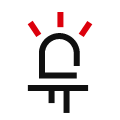




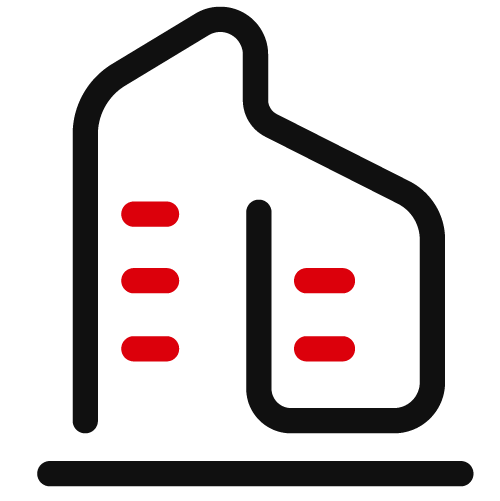
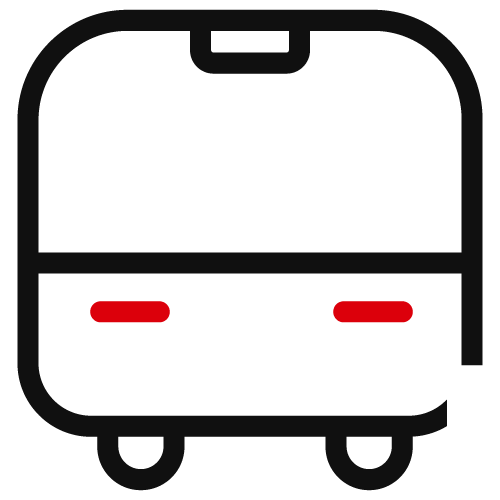
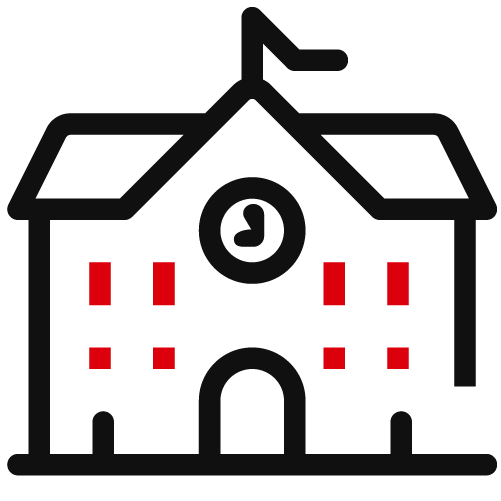
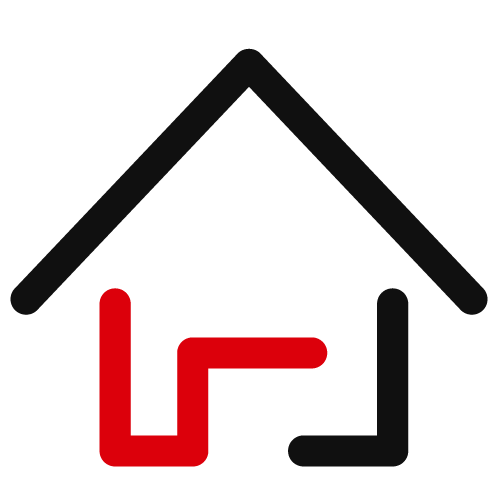
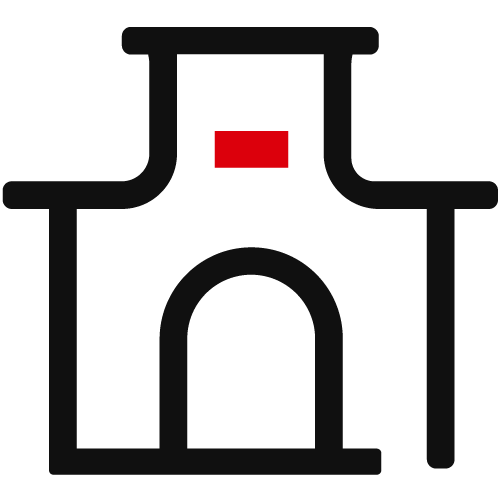
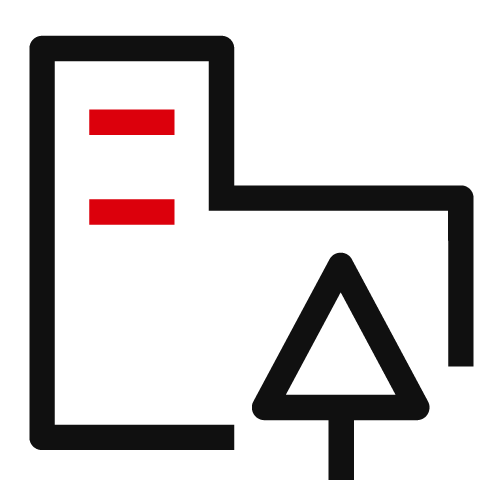
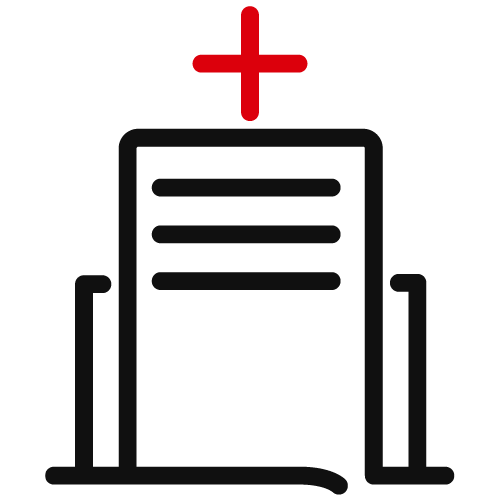
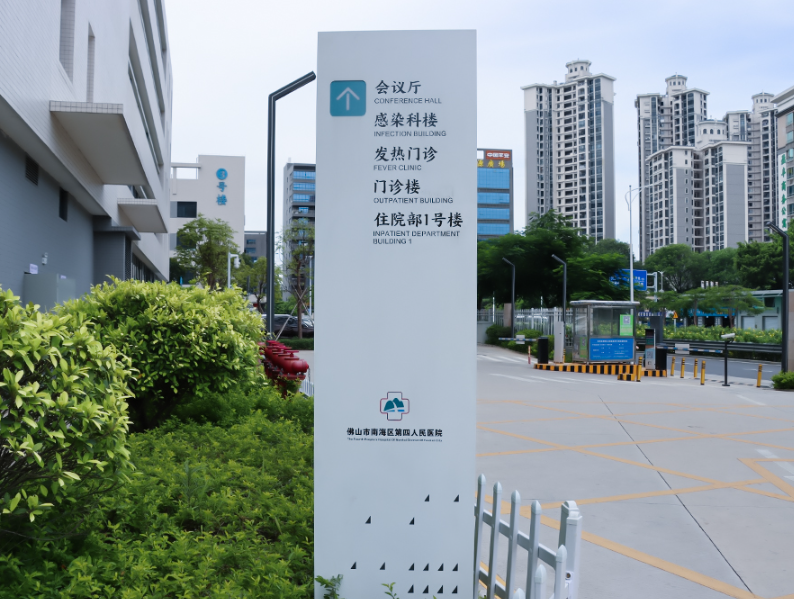
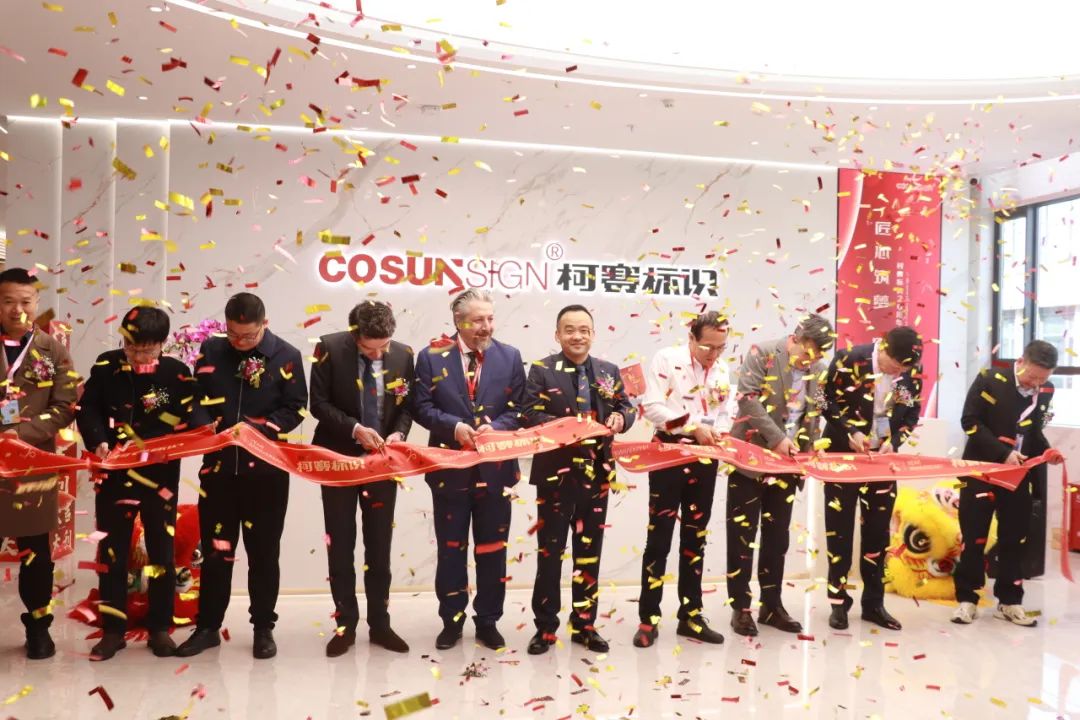
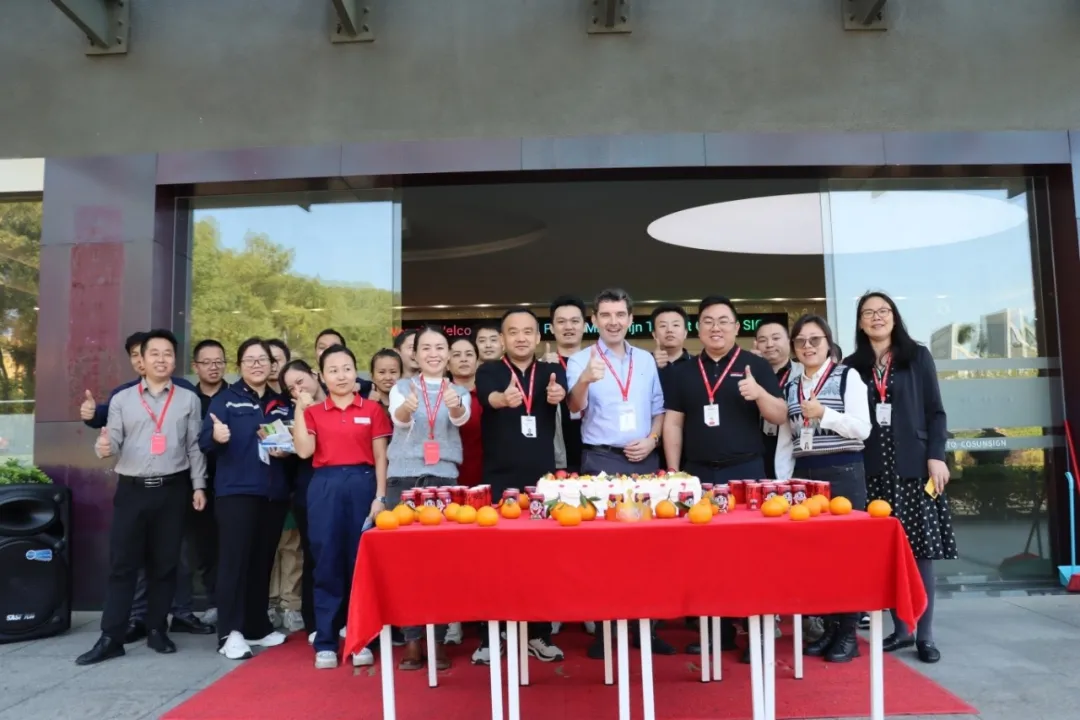


 粤公网安备44030702001648号
粤公网安备44030702001648号